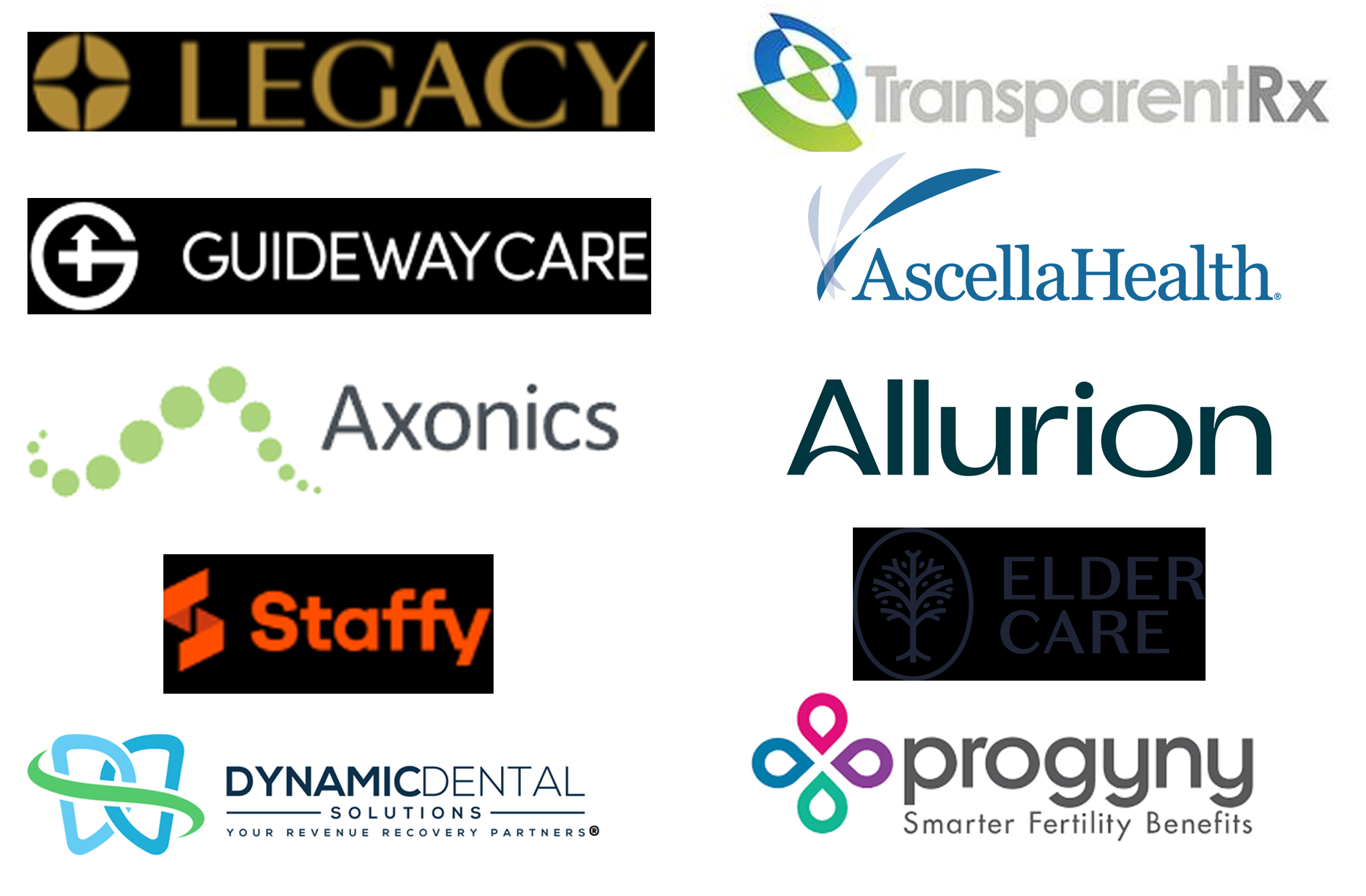A recent study in JAMA Network Open analyzed the differences in commercial negotiated prices and cash prices between physician-owned hospitals (POHs) and non-POHs.
Data on commercial negotiated prices and cash prices for eight specific services were analyzed from 156 POHs and 1,116 non-POHs in 78 hospital referral regions (HRRs). The eight services included spinal injection, therapeutic physical therapy exercise, magnetic resonance imaging (MRI) scan of the lower spinal canal, computed tomography (CT) scan of the abdomen and pelvis, comprehensive metabolic panel, blood test-clotting time and emergency department visit levels 3 and 4.
The study discovered that POHs typically had lower nationwide median commercial negotiated prices and cash prices compared to non-POHs for the majority of the procedures studied. POH prices ranged from 4 percent to 33 percent lower for commercial negotiated prices and from 5 percent to 36 percent lower for cash prices.
Regression analysis at the HRR level showed that median commercial negotiated prices and cash prices from POHs were 33.7 percent and 32.7 percent lower, respectively, than from non-POHs for the same procedure within the same HRR. At the hospital plan level, POH status was linked to 17.5 percent and 46.7 percent lower negotiated prices and cash prices, respectively, for the same procedure within the same HRR.
Moreover, the study identified several distinguishing characteristics of POHs compared to private non-POHs in the same market. POHs were smaller in size, exhibited higher profitability, were more likely to be for-profit, non-teaching, non-critical access and located in metropolitan areas.
Furthermore, the research indicated that POHs served fewer Medicaid patients and provided less charity care compared to non-POHs. This disparity in patient demographics and charity services may enable POHs to offer lower commercial prices for healthcare services.
The study does have limitations, including its focus on a select number of procedures and HRRs, possible sample selection biases due to missing pricing data for certain hospitals, reliance on a delayed measurement period for hospital characteristics and the absence of pricing trend information to assess the impact of the Hospital Price Transparency Rule.
ON-DEMAND XTALKS WEBINAR: Population Health: Leveraging Your Current Healthcare Infrastructure to Accelerate Transformation
Register for this free webinar to learn how to leverage current healthcare infrastructure — people, data and technology — to improve population health, advance value-based care and accelerate progress on health equity.
Understanding the Hospital Price Transparency Rule
Recent health policy changes in the US have been directed towards enhancing cost transparency in the healthcare industry. The goal is to provide consumers and stakeholders with simplified access to pricing information, which is intended to reduce healthcare costs and improve healthcare spending metrics.
A key policy contributing to this change is the Hospital Price Transparency Final Rule, which was implemented on January 1, 2021. This regulation necessitates that hospitals publicly disclose negotiated prices specific to each payer, discounted cash prices and standard charges for all items and services. The information must be displayed in a machine-readable format to ensure its easy accessibility and analytical utility.
The rule obliges hospitals to provide a user-friendly list of pricing information for 300 “shoppable” services. Of these services, the rule stipulates 70, while the hospitals can choose the remaining 230. The published data must be readily accessible online, without requiring a login or personal health information, and presented in a format that is easy for consumers to understand. In addition, hospitals must publish a machine-readable file that includes rates for all services, not just those considered “shoppable.”
This comprehensive approach is designed to ensure that pricing information for a broad array of healthcare services provided by hospitals is extensively available and accessible throughout the US.
The Impact of the Affordable Care Act (ACA) On Physician-Owned Hospitals
The Affordable Care Act (ACA), colloquially known as Obamacare, is a comprehensive healthcare reform law enacted by former President Barack Obama in March 2010. Officially titled the Patient Protection and Affordable Care Act, it encompasses a multitude of healthcare policies targeted at extending access to health insurance to the millions of uninsured Americans.
The ACA’s pivotal provisions include expanding Medicaid eligibility, establishing a health insurance marketplace and preventing insurance companies from denying coverage based on pre-existing conditions.
Under the ACA, POHs encounter several constraints. Firstly, the ACA prevents POHs from expanding or constructing new facilities, although there have been attempts to overturn this prohibition. Secondly, physicians with ownership stakes in hospitals established after December 31, 2010, are barred by the ACA from referring Medicare or Medicaid patients to these hospitals. Thirdly, POHs cannot increase their total proportion of physician ownership beyond the level it was on March 23, 2010.
In addition, existing POHs are generally unable to augment the cumulative count of operating and procedure rooms and beds beyond the number for which they were licensed as of March 23, 2010, barring specific exceptions related to occupancy rates and Medicaid admissions in relation to neighboring hospitals. These restrictions were imposed to alleviate concerns about potential conflicts of interest and to regulate the expansion and practices of POHs.
“The Affordable Care Act (ACA) imposed severe restrictions on physician-owned hospitals, such as prohibiting the development of new physician-owned hospitals and the expansion of existing ones,” Ge Bai, a professor of accounting and health policy at Johns Hopkins University and one of the coauthors of the study, said in a news release. “Our study suggests that these hospitals actually deliver care at lower prices, instill competition to the hospital market and expand patient access to hospital care.”
The results are expected to attract attention from lawmakers and lobbyists currently debating the possibility of revoking the 2010 ban on POHs. Critics maintain that the ban on new market entrants hampers competition, particularly as health systems consolidate and gain more clout. They argue that permitting new POHs could spur increased competition and act as a counterforce to the growing influence of consolidated health systems.












Join or login to leave a comment
JOIN LOGIN